You are dreaming about sleeping outside in the wilderness cozy in a 2-person tent with your partner or friend – but there are too many tent options to choose from! From freestanding tents to double or single wall tents to tarps and tent fabric…I’ve got you covered.
My partner and I have gone through 3 different two-person tent setups together and I’m here to break down what to look for to find the perfect 2-person tent for you!
As you read through these options, think about how much comfort you want AND how ultralight you want to go. Furthermore, have a budget in mind. Finding the right 2-person tent for you is finding how (un)comfortable you can be without sacrificing pack weight.
Let’s dig in!
6 Major Factors in Choosing a 2-Person Tent
Here is a breakdown of the major factors you should consider before buying your 2-person tent.
Think about where YOU will be using this tent and WHO you’ll be using it with. Consider the weather you’ll generally be in (summer heat vs winter snow), how tall you are, your budget, and how much weight you’re willing to carry (or not carry).
You’ll be the happiest with the tent that most suits your needs and how you like to hike. Just because another couple loves their tent, it doesn’t necessarily mean you will, too. And that’s why there are so many options!
Freestanding Tents Vs. Not Freestanding Tents
The BIGGEST factor to consider FIRST is whether you want a freestanding tent or a not-freestanding tent.
A freestanding tent uses dedicated tent poles and will stand up on its own without tent stakes.
A not-freestanding tent may or may not have its own dedicated tent poles and it won’t stand up without tent stakes. Most of these can use your hiking poles as tent poles which saves you considerable weight!
The biggest freestanding tent pro is that you can set up on wooden platforms or areas with very hard ground. This is helpful if you primarily like to camp in national parks.
Freestanding tent cons are that they tend to be heavier, and they get wetter when taken down in the rain.
The biggest non-freestanding tent benefit is that it’s almost always lighter. Often these options allow you to separate the bug net from the tarp portion which makes breakdown in the rain easier.
Non-freestanding tent cons are that they can be difficult to set up on tent platforms or very hard ground. Sometimes, they require more tent stakes than freestanding tents.

Double Wall Vs Single Wall
Depending on the weather and season you plan to hike will help you here.
If you are planning your thru-hike for the spring, summer, or fall you’ll likely only need a single wall tent. That’s because overall, you’ll be hiking in milder weather. Occasionally, if you go higher in elevation and end up in snow, a single wall tent will suffice as well.
If you are planning to consistently hike in snow in the winter, you’ll want a double wall tent. This will provide significantly more insulation in colder, often sub-zero temperatures.
For example: if you’re going for a PCT thru-hike, a single wall tent will be great in the desert and likely be fine in the Sierras. If you’re going particularly early, you could always switch your gear for the Sierras and switch back later!
In thru-hiking terms, you will likely not need a double wall tent. The last time I personally used one was when I hiked winter weekends in the Adirondacks and the temperatures frequently dipped below zero Fahrenheit.

1 Vs 2 Vestibules
Getting a 2-person tent with 1 or 2 vestibules is largely a personal preference. However, your height can factor in here if you’re 6 ft tall or more.
2-person tents with 1 vestibule often have the vestibule near your heads. Thus, you’ll climb in and out from a single tent door possibly over your partner or friend’s head. If you’re tall, you will often have your backpacks here and will also need to climb over those.
The 2-vestibule option usually has a vestibule on both long sides of the tent with two doors. Essentially, you’ll each get your own vestibule to place your pack as well as entering and exiting.
Personally, we’ve tried both and prefer 2 vestibules. Why? Because we tend to hike at higher elevations and end up hunkering down for gnarly storms. When you get stuck in your tent longer than your typical sleep time, it’s nice to designate one vestibule for the vesti-pee and not climb over each other constantly.

Tarp Vs Tent Vs Tarp & Bug Net
Going with just a tarp as opposed to a tent is largely a question of weight. Taking off on a thru-hike with just a tarp is the most ultralight option!
However, before you jump on the tarp-only train, research where you’re going. Will your hike have a lot of mosquitos? Ticks? Do spiders freak you out? Is it going to be on the colder side?
2-person tarps are light, but they won’t protect you from any insects. Their basic purpose is to protect you from rain and some snow…basically, to keep you dry.
On the other hand, a tent includes a bug net that will not only keep out mosquitos, ticks, and spiders, it will keep you warmer as well. We notice a significant difference in warmth when we sleep inside a bug net. It allows in some breeze to help condensation but takes away the biting cold.
Lastly, you could choose a tarp with a removable bug net. This is my favorite option. I vastly prefer having the option of throwing up just the tarp quickly to avoid pesky storms. Also, I prefer to sleep with just the bug net on clear warm skies while still avoiding insects! I’ve found this particularly handy in the rain. My partner and I set up the tarp over our backpacks, then jumped inside and added the bug net from underneath! We use the Haven Tarp and Bug Net for this.
While you can sleep in just the bug net with freestanding tents, sleeping with just the rain fly doesn’t work well.
Sil-Nylon Vs Dyneema Composite Fabric (DCF)
The fabric of your tent matters in terms of weight and price.
The two major tent materials to pay attention to are Sil-Nylon and Dyneema Composite Fabric (DCF).
Sil-Nylon pros are that it is less expensive and has more tent-style options.
The Sil-Nylon cons are that it’s heavier and it slacks after it gets wet. We normally do a second cinching of the guidelines as it starts raining to keep it taught.
DCF pros are that it’s very light and water doesn’t affect it as much (it still does a bit).
The DCF con is the price.
Price
In terms of picking the right 2-person tent for you, price will come into play.
I highly recommend creating a gear budget before your thru-hike AND an on-trail budget. If you see that you are spending a lot on gear, you might want to compromise on a few items to have a higher on-trail budget.
I consistently see hikers getting overly excited about gear but don’t notice the sky-high hotel inflation that’s happened in the last few years. (Not to mention a bunk in a hostel in Colorado is at least $40.) It’s good to have an in-town thru-hike budget prepared in case of injury, waiting out storms, waiting on post office hours, or just fun zero-day activities.
Make sure you balance and compromise weight with emergency on-trail funds. We always keep extra hotel funds if we don’t feel like hiking into a storm and that has come in handy many times!
Thus, the price of a 2-person tent entirely depends on your budget, unique to you.

Conclusion
I hope this helps you navigate all the language around 2-person tents and pick the right tent for you!
The “right” 2-person tent will depend on what you want to use it for, your hiking habits, weight, and your budget.
Remember, as a couple you can each carry half of the weight or split the other group gear up making it overall lighter for both of you. My partner and I split the tent weight up where I carry the bug net and he carries the tarp. He’s usually a little faster than me, so sometimes he’ll set up the tarp and when I get there, we’ll pop the bug net in from underneath!
There’s no one perfect tent…only tents that are perfect for you.


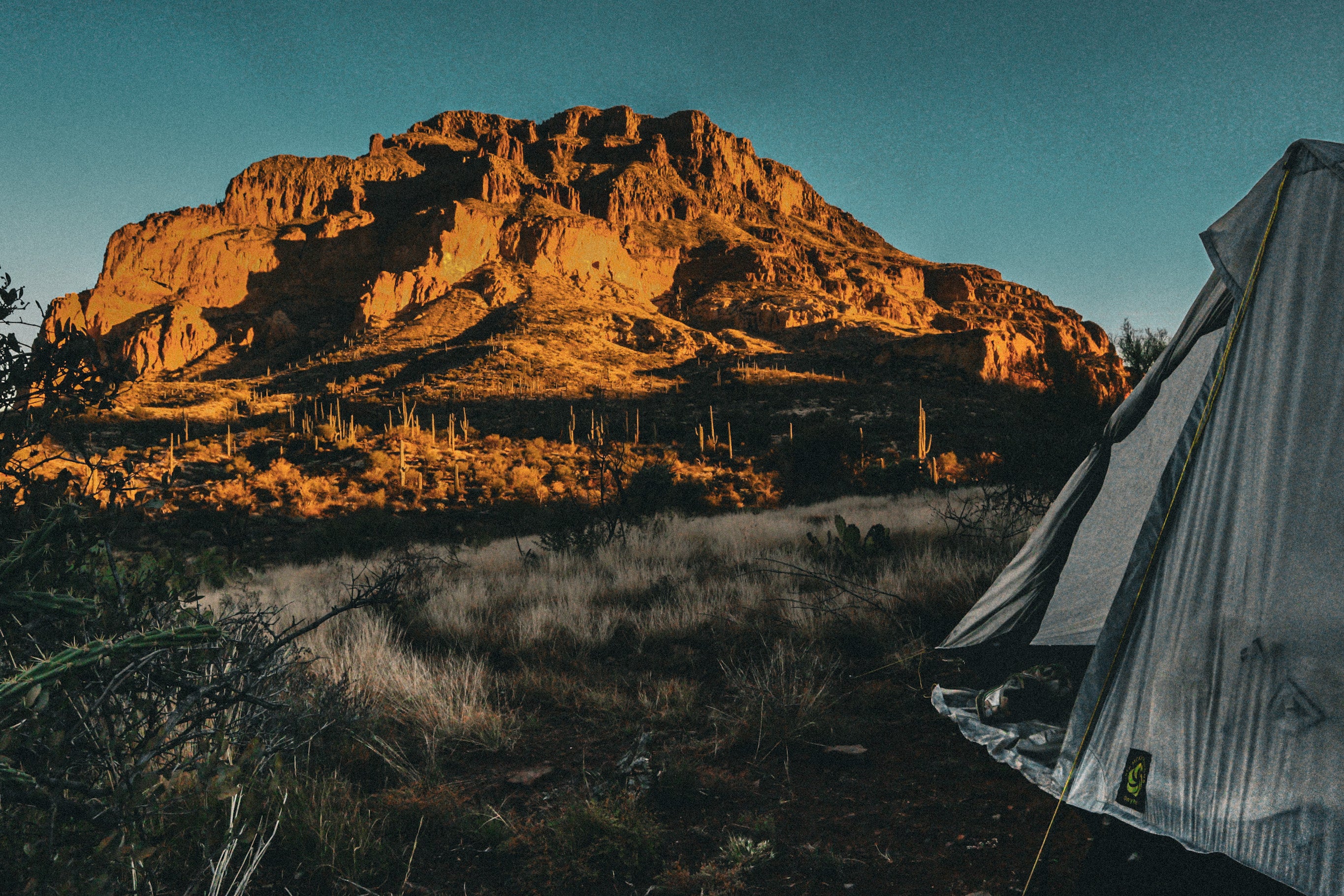
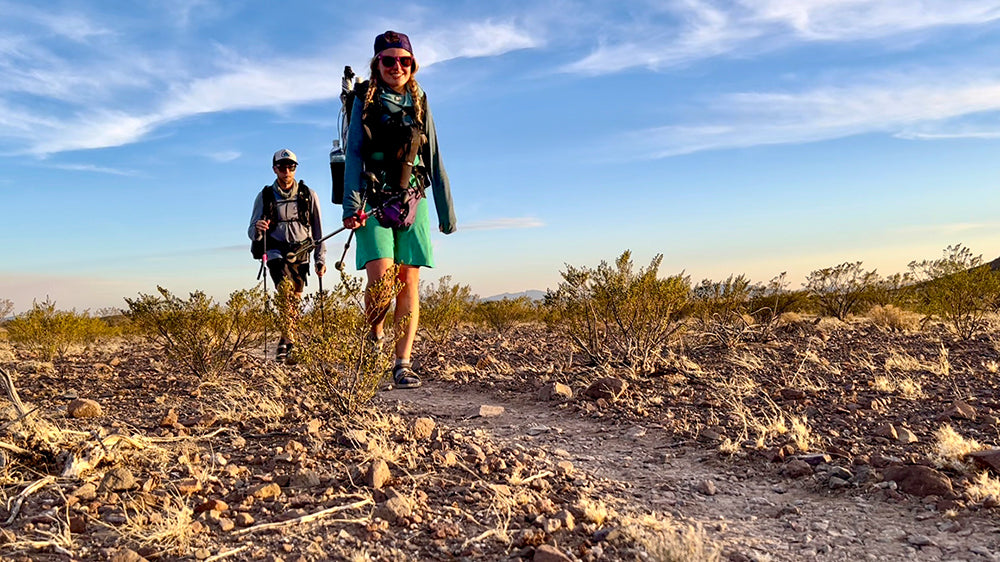
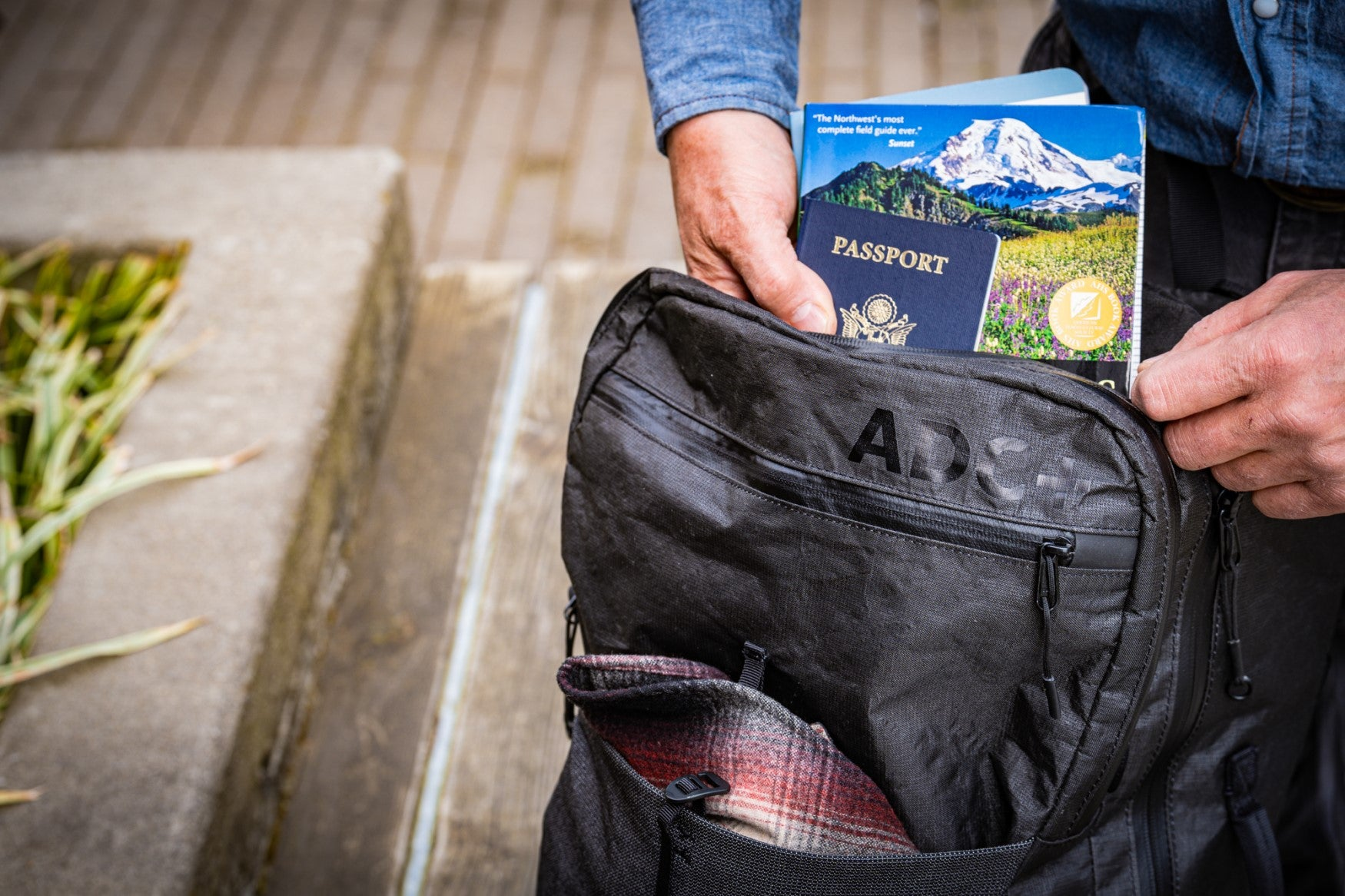
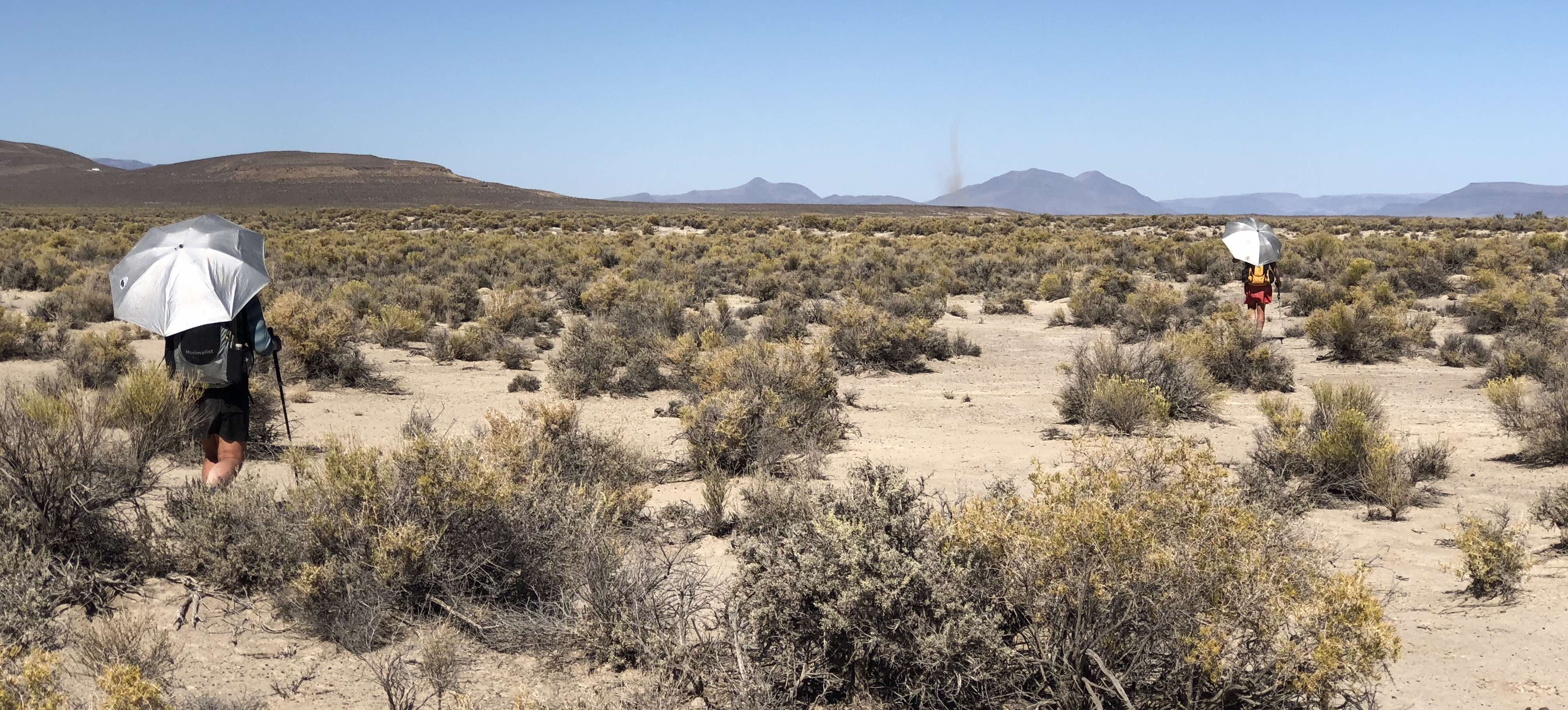
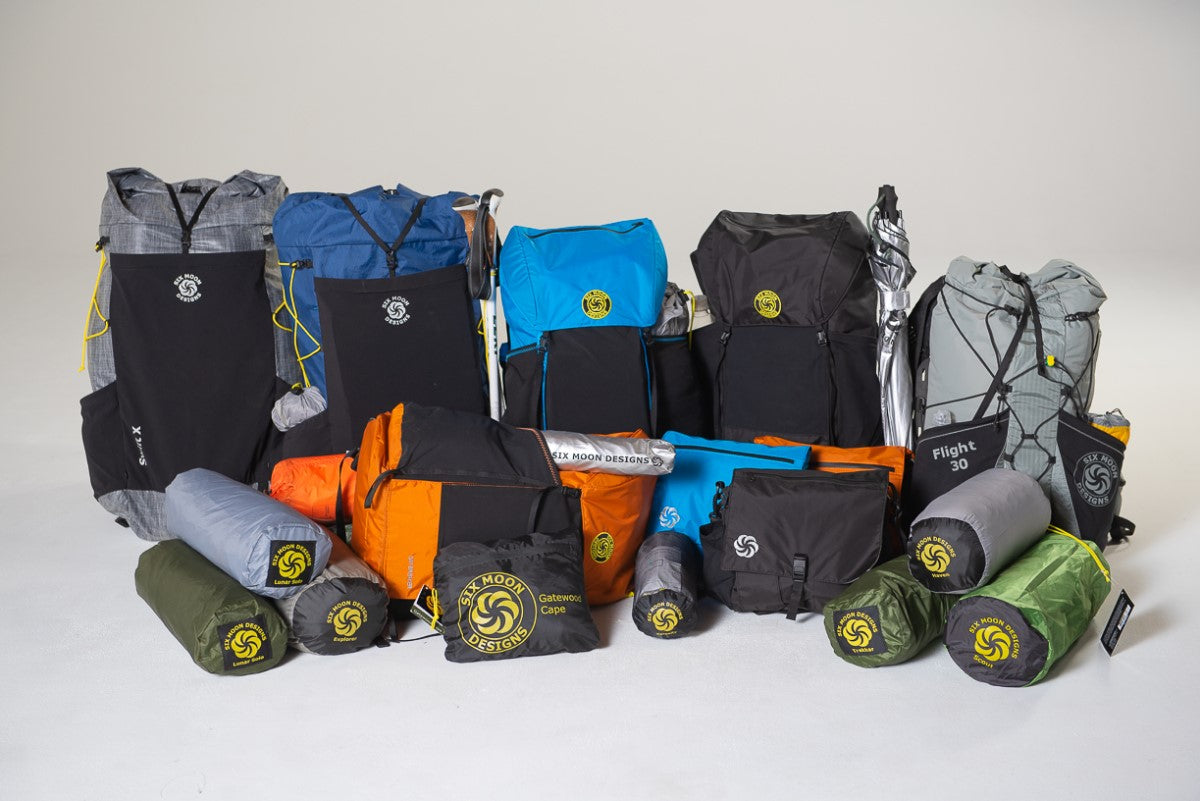
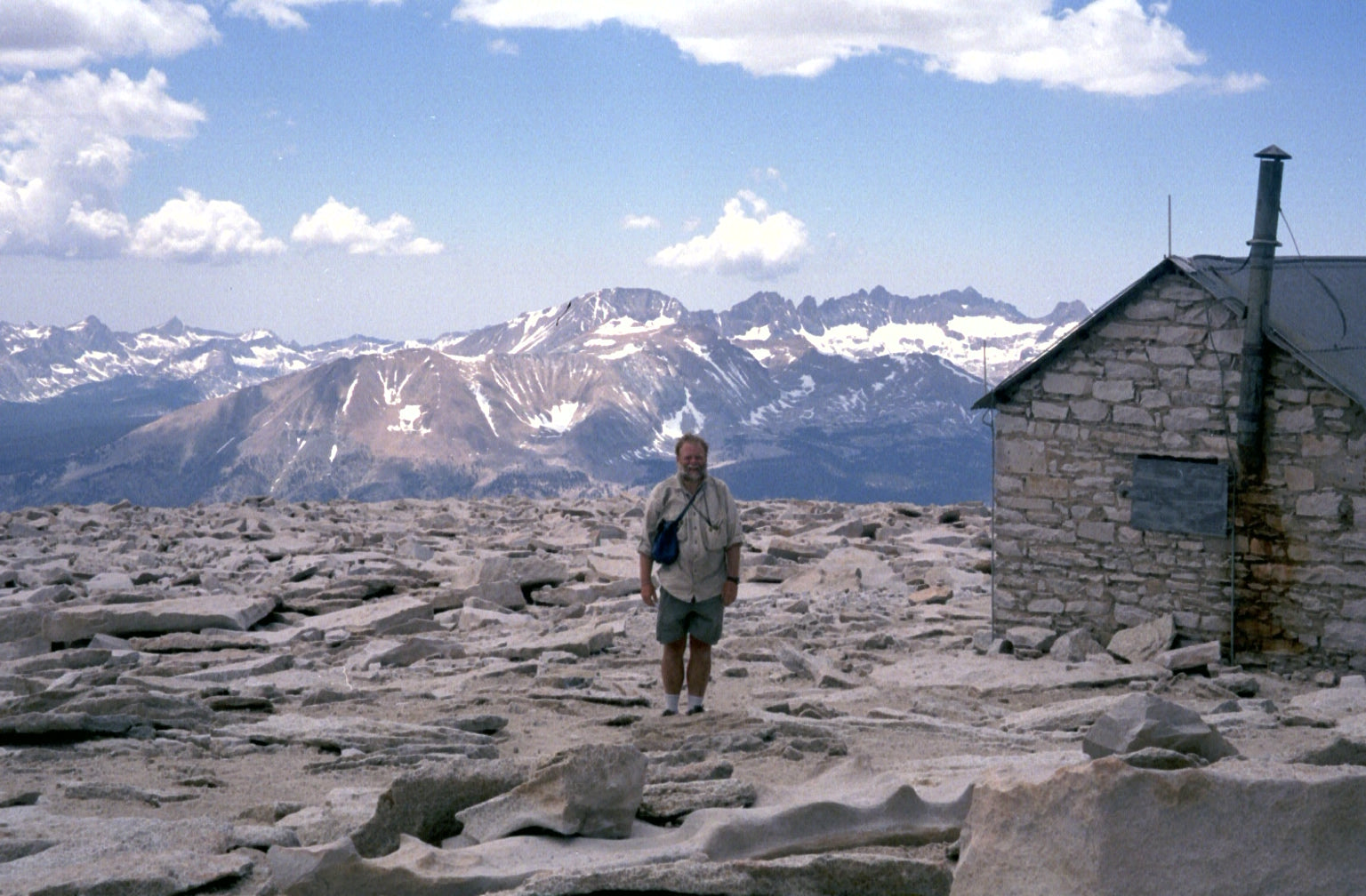
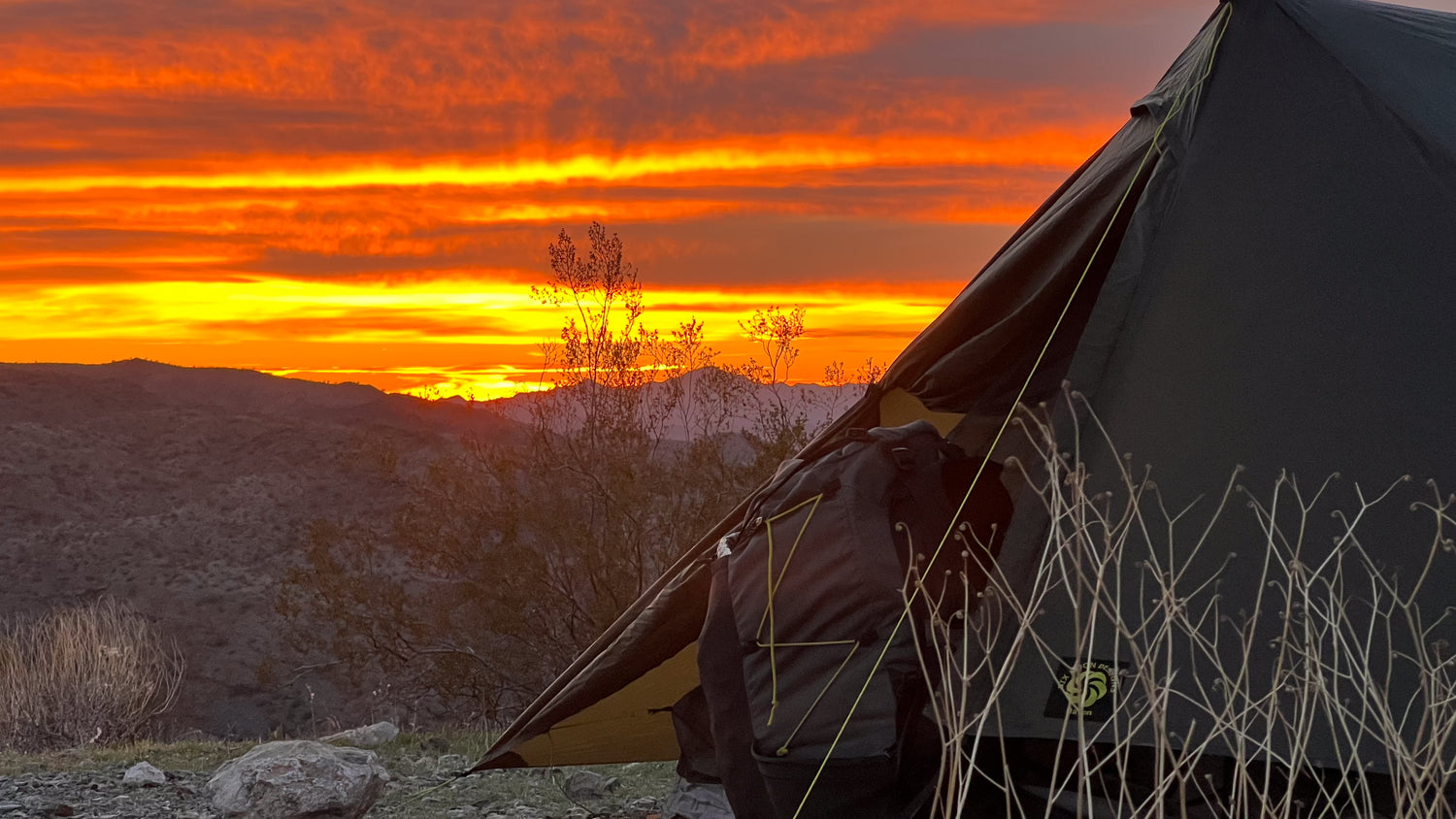
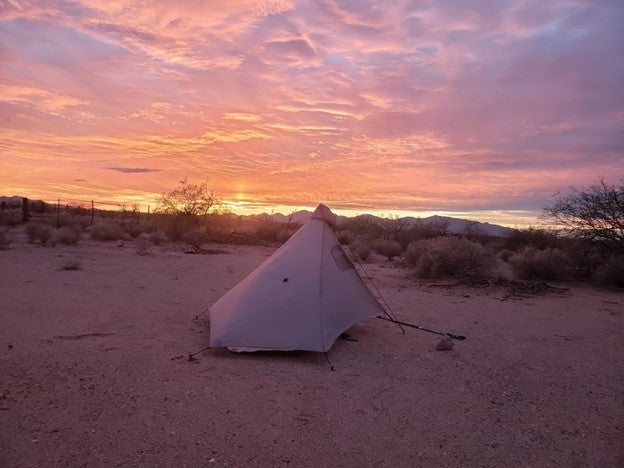
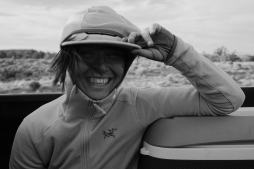
Leave a comment
This site is protected by hCaptcha and the hCaptcha Privacy Policy and Terms of Service apply.